Malbec
Oh, do Ms Behave
Let’s play a game. I’m going show you a word, and you’re going to tell me the first thing that comes to your mind. Are you ready?
"Malbec"
If the first thing that came to your mind was “Argentina,” you’re not alone. Malbec is now so thoroughly associated with Argentina that it’s considered the Argentinian boom varietal. Argentinian Malbec is known for its velvety mouthfeel; intense color; and dense, dark fruit on the palate.
Of course, Argentina isn’t the only country that can produce a fine malbec — after all, the varietal originated in the Bordeaux region of France. And really, if you’ve always had a thing for Bordeaux or Meritage blends, chances are you’ve been having Malbec this whole time already. It’s one of the Five Noble Bordeaux varietals, along with Cabernet Sauvignon, Merlot, Cabernet Franc, and Petite Verdot.
But if you don’t really remember it as a big player in Bordeaux blends, that’s OK. For a long time, it was largely used as a softening component in Cabernet Sauvignons, and rarely got to be the star of the show.
Not to mention that the varietal was on the decline in France for a long time. Malbec caught disease easily and can be highly susceptible to frost, meaning that the vines tended to produce flimsy, weak, and wildly inconsistent fruit. So when a severe frost wrecked the Malbec crop in 1956, Malbec was mostly replaced by Merlot in most blends because it’s more stable.
French agronomish Miguel Pouget brought Malbec vine cuttings to Argentina in 1853. Which, luckily, he did before France’s phylloxera epidemic (1875 to 1889). As a result, it’s speculated that the current New World, Argentinian-based Malbec is a unique clone that is now extinct in France.
While you can still find Malbec in France today, it’s not a popular varietal. About 3,400 acres of Malbec were accounted for throughout the country in 2000, and that number has likely dropped in the years since then.
But that’s OK.
Malbec’s destined home just might not have been France. It’s a varietal that thrives in a dry, warm climate, which is hard to find in the Bordeaux region. The desert-like climate of Argentina — and parts of California — allows Malbec to flourish into the fragrant, punchy wine we love today.
Malbec in the U.S. started as a blending grape as part of the now famous Napa Meritage blends popularized in the mid-1990’s. As of 2010, there were about 7,000 recorded acres across the country, and that’s only likely to grow as Malbec becomes more popular. In Paso Robles alone, at least 40 vineyards grow Malbec — and we’re especially happy to have it over at Peachy Canyon.
We’ve named our own Malbec Ms Behave in honor of her playful, if dark, nature: rich hints of black cherry, ripe blackberry and cigar box atop noticeable, yet soft, tannins.
Like all great Malbecs, Ms Behave pairs well with spicy meats — think of fire-grilled sausages and legs of lamb. The intensity of Malbec’s character means that you can pair it with big flavors without overpowering the wine.
